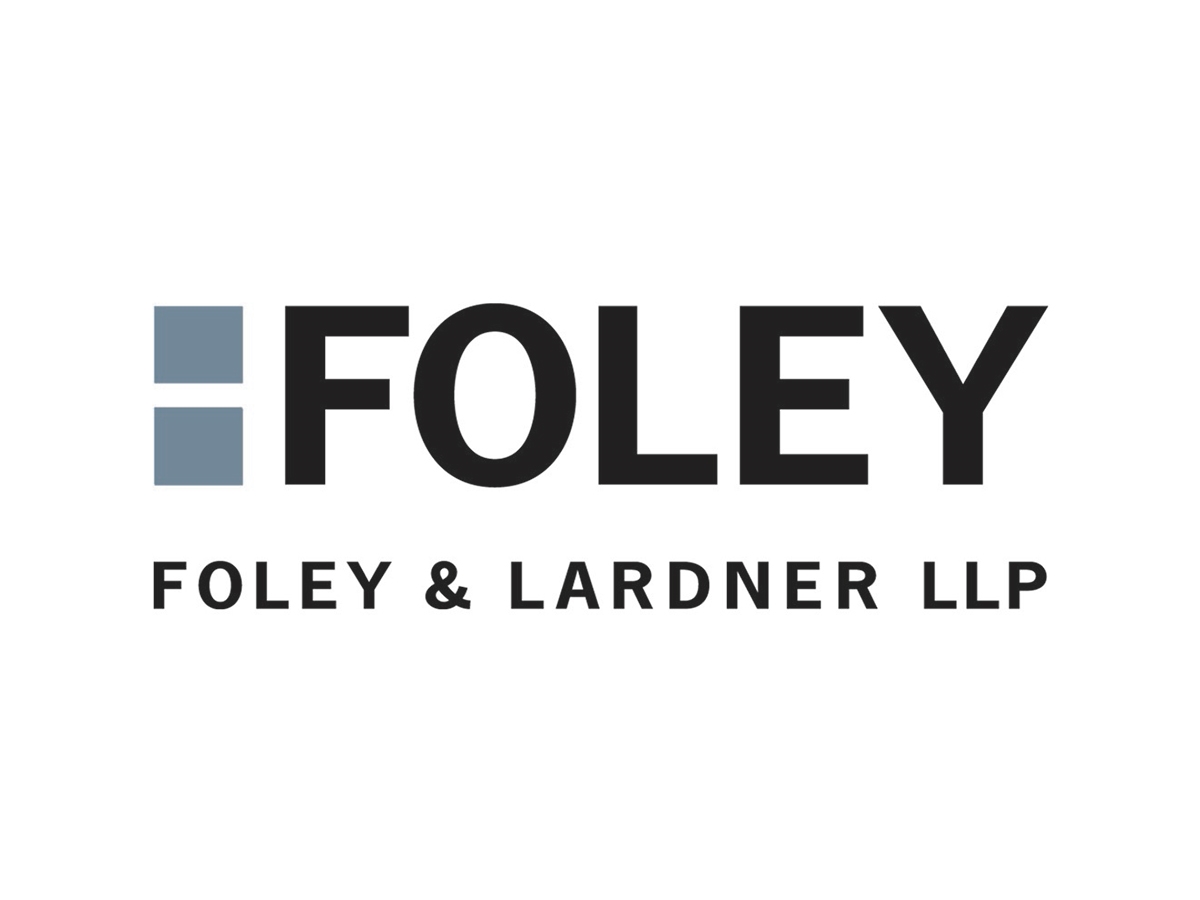USPTO Inventorship Guidance for AI-Assisted Inventions: Key Takeaways | Wolf, Greenfield & Sacks, P.C.
AI-assisted inventions can be patented, provided there is a significant contribution by at least one natural person
The USPTO has now published guidance explaining how the determination of inventorship for AI-assisted inventions should be considered, including the below key takeaways. The USPTO is seeking public comment. The USPTO may issue further guidance and examples or modify the current guidance.
“Inventors and Joint Inventors Named on US Patents and Patent Applications Must be Natural Persons”: On April 22, 2020, the USPTO denied petitions to name an AI system as an inventor on a pair of patent applications. The denial was upheld by the district court for the Eastern District of Virginia in Thaler v. Hirshfeld and affirmed by the Federal Circuit in Thaler v. Vidal on the basis that under US patent law, inventorship is limited to natural person(s). Accordingly, US patent applications or patents cannot name an AI system as an inventor.
“AI-assisted Inventions Are Not Categorically Unpatentable for Improper Inventorship”: Although AI systems cannot be named as inventors on US patents and patent applications, a natural person can qualify as an inventor on a patent or patent application claiming an invention made using an AI system if the natural person made a “significant contribution” to the claimed invention. As with joint inventorship, there is no requirement that each named inventor contribute to every claim, however, there must be at least one named inventor for each claim.
What Level of Contribution is “Significant”? Having emphasized that the focus of the inventorship analysis in the AI-assisted context should be on whether a person made a “significant contribution,” the guidance explains which contributions would be considered “significant” for inventorship purposes. While the USPTO guidance does not create a bright-line rule in this respect, it provides the following list of principles derived from Pannu v. Iolab Corp. – a classic case on joint inventorship – to help inform the inventorship analysis:
- Use of an AI system by a natural person to create an AI-assisted invention “does not negate the person’s contribution as an inventor.” The natural person may qualify as an inventor provided the natural person “contributes significantly to the AI-assisted invention.”
- Recognition of a problem, or “having a general goal or research plan to pursue” is insufficient. Presenting a problem to an AI system to solve may not constitute a “significant contribution” but the manner in which a person “constructs the prompt [for the AI system] in view of a specific problem to elicit a particular solution from the AI system” may demonstrate a significant contribution to the conception of the invention.
- Reduction to practice, without more, or recognition and appreciation of an invention, without contribution to conception of the invention, is insufficient to qualify that individual as an inventor. Accordingly, merely recognizing and appreciating the output of an AI system as inventive does not necessarily rise to the level of inventorship. However, a person who “makes a significant contribution to the output [of an AI system] to create an invention” (e.g., conducting a successful experiment using the output) may be an inventor.
- A significant contribution may be found where a natural person develops “an essential building block from which the claimed invention is derived.” For example, a person who “designs, builds, or trains an AI system in view of a specific problem to elicit a particular solution” may considered to have made “a significant contribution to an invention created with the AI system.”
- “[S]imply owning or overseeing an AI system” does not, on its own, constitute a significant contribution that qualifies an individual as an inventor.
Examples: The USPTO has also provided two examples to help guide the determination of inventorship for AI-assisted inventions, which can be found here. The first example relates to using an AI system to create a preliminary design for a transaxle for a remote control car, while the second example relates to using an AI system to predict interaction strength of drug-target pairs in order develop therapeutic compounds for treating cancer. These examples walk through application of the above principles to analyze – on a claim-by-claim basis – whether a natural person has made a significant contribution to an AI-assisted invention.
What to Consider Moving Forward:
- When evaluating inventorship for a patent application or a patent, determine whether and how AI was used in the development of the claimed invention.
- If AI was used in the development of the claimed invention, identify individuals that interacted with the AI system, their roles, and contributions. Look into items such as:
- How the AI system was designed, built, and trained, and who was involved
- How the AI system was used
- Who recognized that the AI system can be used for the task
- Who configured and/or provided input to the AI system to perform the task
- Who interpreted and/or otherwise utilized the output of the system
Such information may help to determine whether any of the individuals interacting with the AI system has made a “significant contribution” to the invention, which will help to determine inventorship and evaluate whether it is possible to pursue patent protection.
- For pending cases that involve AI systems, review claims in patent applications and patents to make sure that each claim was invented by at least one of the named inventors.






